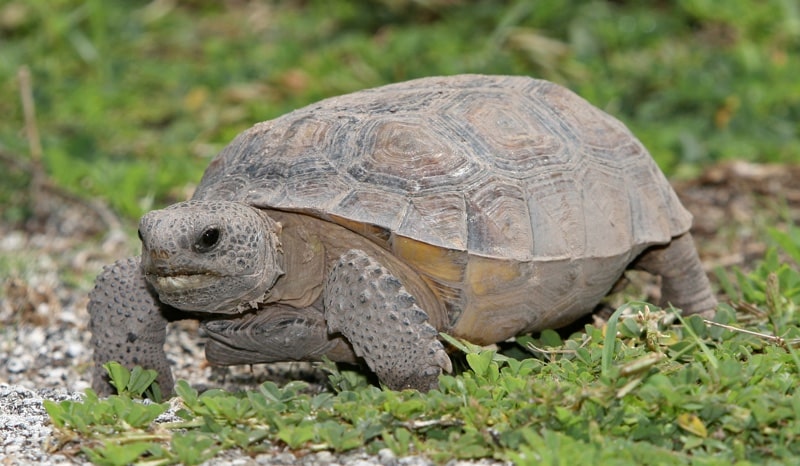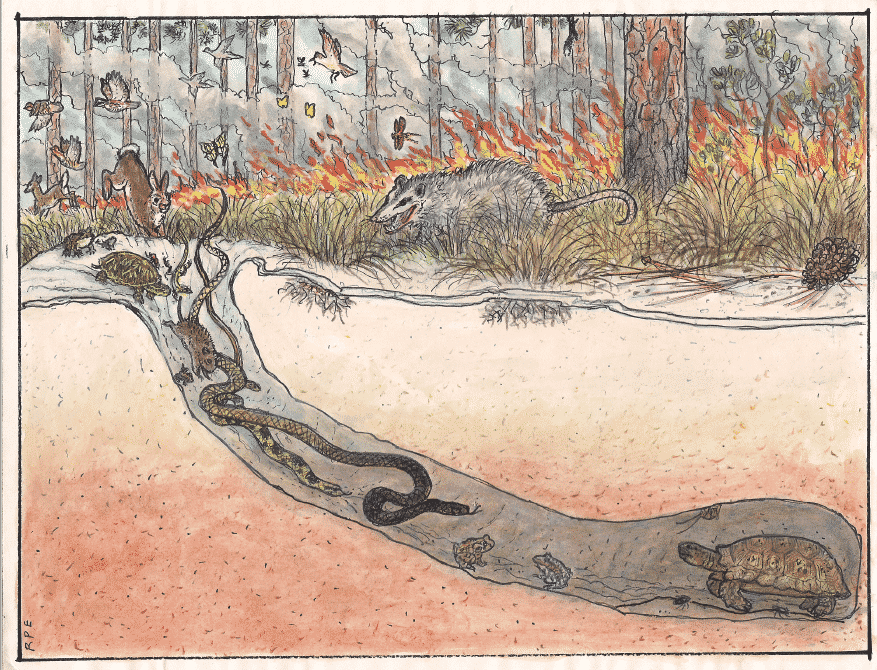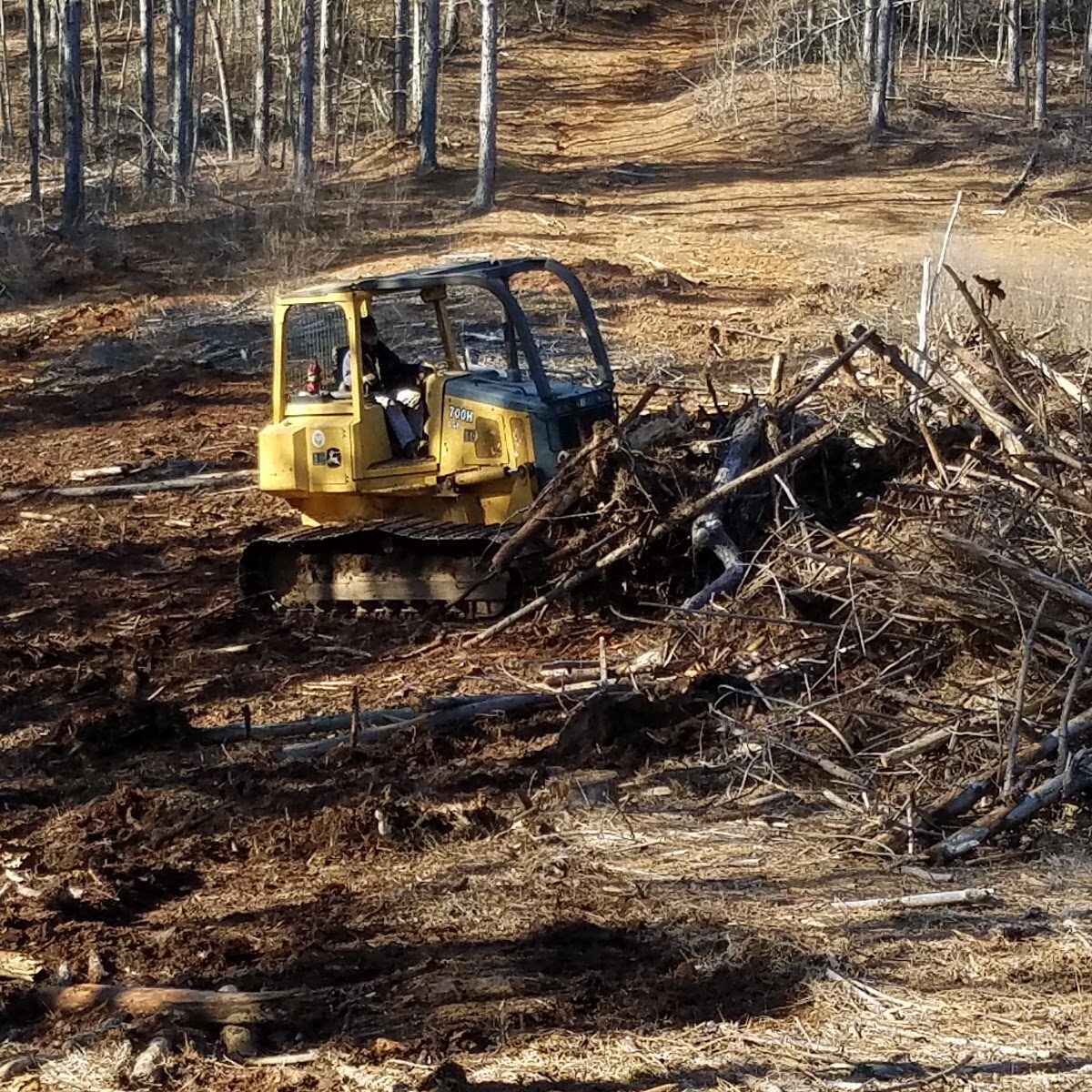Gopher Tortoise
Gopherus polyphemus
Status: Vulnerable
The Gopher Tortoise is considered a keystone or critical species for longleaf pine ecosystem. The deep burrows the gopher tortoise digs in the ground is used by LOTS of other species in the ecosystem. These tortoise can grow to be about 15 inches long and weigh between 8-15 pounds when fully grown. Their back legs short and strong to help it move and stabilize itself as it digs. Its front legs are kind of paddled shaped to help it dig into the soil. These reptiles can live to be up to 80 years old!


Habitat & Range
The gopher tortoise is found across the southeast, extending from southern South Carolina to Louisiana and throughout Florida. This species prefers well-drained sandy areas that are not prone to flooding. Gopher tortoises dig deep burrows where they spend the majority of their time. Tortoise burrows can reach over 45' long! Studies have shown that as many 350 other species in the longleaf ecosystem use these burrows as well!
Food Web & Energy Flow
Gopher tortoises emerge from their burrows in warm weather to feed on a variety of vegetation. They are primarily herbivores, meaning they only eat low-growing plants. This makes them primary consumers. They spread seeds of these plants across the forest floor through their droppings, which is another important role they play in the ecosystem.
Relationship to Fire
Imagine you're a slow moving tortoise in a forest. It would be difficult to get around unless there was plenty of open space on the forest floor, right? Fire is very important for the gopher tortoise so they can move around, and so they can easily dig into the sandy soil on the forest floor.
Relationship with other Species
The burrows that gopher tortoises dig in the ground can be quite long and go quite deep in the ground, offering a safe place for many different animals to hide, both from predators, but also from fires when they burn. This is why gopher tortoises are considered a keystone species, or a species that is essential for the ecosystem to work!

Conservation Status
The gopher tortoise is considered under different levels of threat in different states where it is found, as shown in the map below. In general, the gopher tortoise is considered Vulnerable, which means there is a medium/ moderate risk that it could go extinct without protection.

Human Impacts/ Threats

Land Use Conversion
Longleaf forests and the habitat it supports is being cleared or converted to use the land for other uses like houses, roads, agriculture, and even to grow different types of trees to sell.

Fire Suppression
Many people think of fires in the forest as bad, so they work hard to prevent or suppress them. But longleaf forests NEED regular fire to support habitat for the species that live there!
Resources
National Geographic; Photo Ark. Gopher tortoise
Florida Fish & Wildlife Conservation Commission. Gopher Tortoise Program
US Fish & Wildlife; North Florida Ecological Services. Gopher Tortoise
Nature Conservancy; Stories in Florida. Gopher Tortoise
University of Georgia; Herpetology Program. Gopher Tortoise
